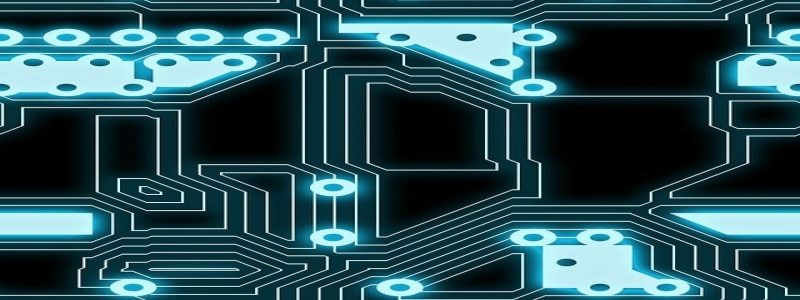Laser Diode Materials
Introduction:
Laser diodes are devices that convert electrical energy into coherent light through a process called stimulated emission. They have a wide range of applications, including telecommunications, military, medical, and industrial uses. The materials used in laser diodes play a crucial role in their performance and efficiency. In this article, we will explore the different materials commonly used in laser diodes and their characteristics.
I. Basics of Laser Diodes:
Before diving into the materials, let’s briefly understand the basic working principle of a laser diode. Laser diodes consist of a p-n junction, where one side is p-type (positively charged) and the other side is n-type (negatively charged). When a forward voltage is applied across the junction, electrons and holes are injected into the active region. These injected carriers recombine, resulting in the emission of photons.
II. Commonly Used Laser Diode Materials:
1. Gallium Arsenide (GaAs):
Gallium arsenide is one of the most widely used semiconductor materials for laser diodes. It offers a direct bandgap, which allows for efficient direct emission of light. GaAs laser diodes can emit light in the near-infrared range. They are often used in telecommunications applications, such as fiber optic communications.
2. Indium Gallium Arsenide Phosphide (InGaAsP):
InGaAsP is another popular material for laser diodes, particularly in the telecommunications industry. By adjusting the concentration of indium and phosphorous in the compound, the emission wavelength can be tuned to cover a wide range, including the important 1.3 μm and 1.55 μm bands used in fiber optics.
3. Indium Phosphide (InP):
InP is commonly used in laser diodes designed for long-wavelength emission, such as those used in gas sensing or optical communications over long distances. InP laser diodes can emit light in the mid-infrared range, making them suitable for various applications.
4. Gallium Nitride (GaN) and Indium Gallium Nitride (InGaN):
GaN and InGaN are mainly used for blue or green laser diodes, thanks to their wide bandgap. These materials have revolutionized applications in areas such as high-definition displays, projectors, and Blu-ray technology.
III. Other Considerations:
Apart from the material itself, several other factors influence the performance of laser diodes. These include the design of the diode structure, the quality of crystal growth, and the good thermal management of the device. Moreover, the use of suitable cladding and contact layers can help improve current injection and light extraction efficiency.
Conclusion:
Laser diodes have become an integral part of various industries, and the choice of materials is crucial in achieving the desired performance. Different materials offer unique characteristics and emission wavelengths that cater to specific applications. From gallium arsenide to gallium nitride, the continuous advancements in laser diode materials hold great promise for future technological advancements.








